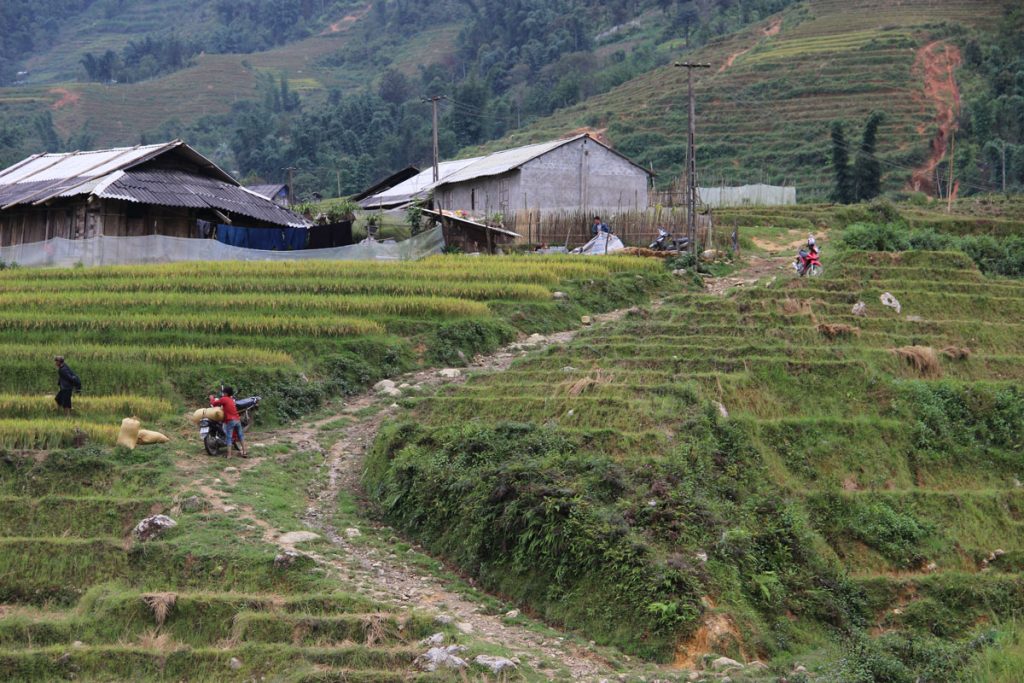In 2015, I launched a travel campaign where we embarked on a bus journey from Hong Kong to Vietnam. It was a grueling 30-hour ride, but we finally arrived in Hanoi, which was just the first stop on our journey.

Sapa is located in northern Vietnam, about 400 kilometers away from Hanoi. The town sits at an elevation of 1,600 meters (5,249 feet) above sea level and is surrounded by towering peaks, deep valleys, and cascading rice terraces.

The history of Sapa dates back to the late 19th century when the French colonized Vietnam. They established Sapa as a hill station, a place to escape the heat and humidity of the lowlands. The French also introduced new crops, such as maize, potatoes, and fruit trees, and built infrastructure such as roads, bridges, and buildings.
During the Vietnam War, Sapa was heavily bombed, and many of the French colonial buildings were destroyed. After the war, Sapa was rebuilt, and tourism began to flourish. Today, Sapa is a popular destination for tourists who come to explore the area’s natural beauty, ethnic minority cultures, and trekking opportunities.
Although Sapa may not be familiar to Hong Kong people, almost every travel agency in Hanoi has tour information about Sa Pa, and many foreigners come here for vacation. After getting off the bus, we followed the locals and went to the office of Sapa O’Chau to say hello.

We chose to work with Sapa O’Chau, which is a social enterprise that uses tourist fees for local community development, providing education for children and employment opportunities and training for local residents to increase their income. Just last year, they sponsored more than 30 local children to go to school. From what I saw during the two days I spent with them, Sapa O’Chau is sincere and genuinely wants to promote local community development, rather than for their own benefit, which is highly appreicated.

Sapa O’Chau tried their very best to support the local communities, for example, on their daily operation, they hired some locals as chefs and operated a restaurant on the mountain.

After several hours of traveling and crossing several mountains, we arrived at the homestay where we would spend the night. The homestay was run by locals, and they prepared a rich dinner for us. The dinner was cooked with firewood, which gave it a unique flavor! After a long day of traveling and enjoying dinner, I took an herbal bath in a wooden tub, wrote for a while, and then went to bed. Despite being in the mountains, there weren’t too many mosquitoes.
The Sapa visit helped me reflect on the role of tourism, which can be a powerful tool for supporting local communities and education. When done responsibly and sustainably, tourism can bring economic benefits to communities by creating jobs, generating income, and boosting local businesses.

I hope more social businesses like Sapa O’Chau might thrive in the future, and we can better understand how to promote responsible and sustainable tourism practices that benefit everyone involved.

